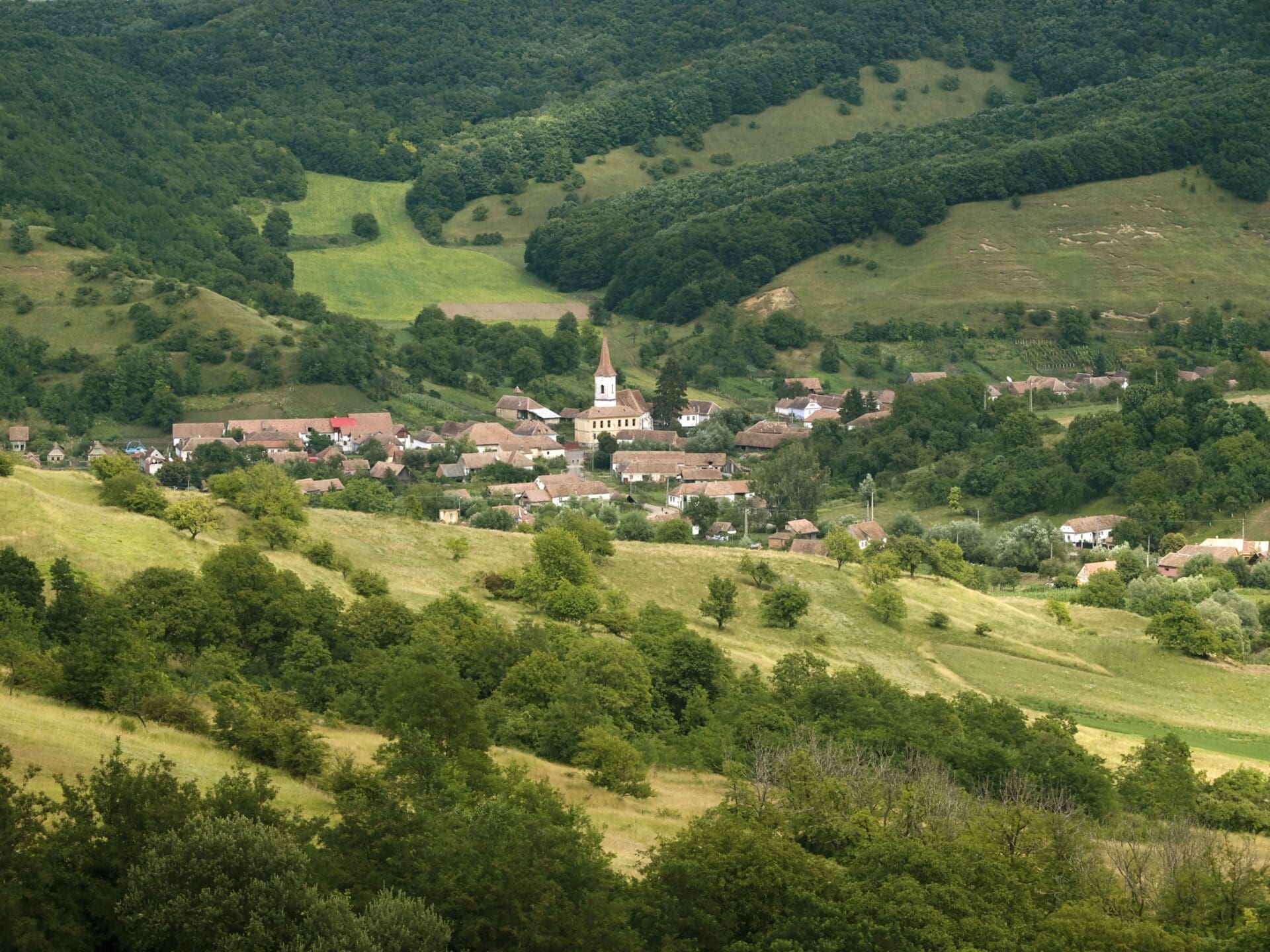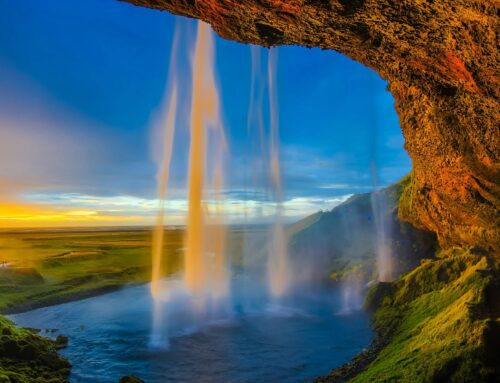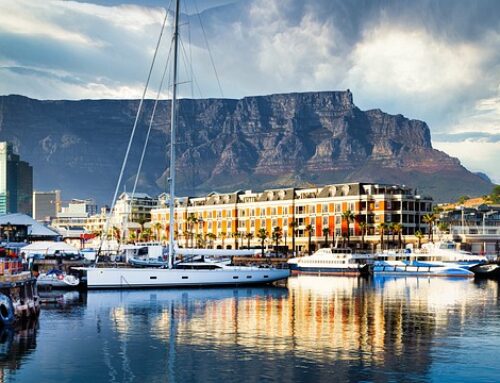5 Beautiful Regions of Romania That Will Charm and Delight You

5 Beautiful Regions in Romania Where You Can Experience Authentic Local Life and Hospitality

If you want to discover a new destination with a long-lost way of life, then shake off any misconceptions you may have about Romania, and consider visiting these fascinating regions. Authentic Romanian local life is found in the countryside, in small villages and communities where the modern world and industrialization hasn’t changed peoples’ lives that much – yet. Life here is simple and goes at a much slower pace, without the complications, stress or worries of modern life. And for travellers it will be nothing short of surprising, colourful and full of wonder!

All over Romania’s countryside villagers live from what they produce through their lands and livestock, creating a unique bond with the world around them and the communities they live in. It’s a self-sustainable way of life where the rewards of a happy, meaningful life come in a different form, one that you wouldn’t expect – and we won’t spoil the surprise by telling you what they are! There are many traditions, customs and ‘ways of doing things’ the locals follow sacredly. The local cuisine is remarkable, hearty and made with home-grown delicious products, with a taste pallet that you may find surprising. And the unique handicrafts will make your luggage much bigger than you had it when you arrived!

If you want a taste of rural life as it once was 50 years ago, to see places where time stood still, and where people have a unique way of life, then you should consider visiting these traditional regions in Romania. All you have to do is pack a light heart and an open mind and take the unpaved roads leading out of major cities and into the heart of these communities.
Wooden Land of Maramures
Don’t be surprised if you hear Romanians getting excited about Maramures – all Romanians love this North-Western region. People here are hardworking like nowhere else and hospitality takes on a different meaning – guests are treated like family! The region is famous for its picturesque landscapes dotted with small villages where the locals are renowned for their traditional wood carving skills, weaving and pottery.

Local attractions include the Sapanta Merry Cemetery, a ‘happy’ cemetery where people write funny anecdotes about their life on their colorful wooden tomb stones. Or the Communism Memorial in Sighetul Marmatiei and, of course, the famous UNESCO wooden churches of Maramures in the villages of Desesti, Budesti, Poienile Izei and others in the region. If you are into hiking, then ask the locals about Cheile Tatarului, Creasta Cocosilor Reservation or Cascada Cailor. And make sure to take many pictures with the beautiful hand-carved wooden gates that symbolize the social status of the family living there.

The closest airport is in Cluj-Napoca and hiring a guide is highly recommended because a lot of ‘local’ navigation and connections are required in the region. You should consider spending at least 2 days in the area to get the ‘local’ feeling.
Spiritual Bucovina
Also in the North of Romania, Bucovina is the epicenter of spiritual life with a number of impressive painted churches in Voronet, Sucevita or Moldovita which are part of UNESCO heritage. Locals here are very religious and on Sundays you will see them attending church service in traditional wear, just like in Maramures. A road trip through Pojorata, Gura Humorului or Vatra Dornei is nothing short of breathtaking with superb views of the Eastern Carpathian Mountains and unique sights of local village life.

The locals here are famous for their painted eggs in a centuries-old process called incondeiere. Far for simply putting paint on egg shells, this special technique implies using wax, heat, special natural colors, intricate patterns and painstakingly detailed techniques. But don’t worry, the welcoming locals will ask you to join and learn, and you should consider visiting the Lucia Condrea Museum with its impressive collection of painted eggs –a ‘must-see’ of the region!

The closest airport is in Suceava and just like with Maramures region, having a local guide and at least 2 days is a must if you want to get the real feeling and not just tick the usual sights. While both regions cater to tourist crowds, English is not the locals’ strong points.
Famed Transylvania – a land like no other!
The famed beautiy of Transylvania, ‘The land beyond the forests’ as the name translates, will make you fall in love with it. Just like HRH Prince Charles did when he bought 3 traditional village houses to spend his summers here (opened for guests in the rest of the year). Though the region comprises much of Western Romania across the Carpathian Arc, proper Transylvania is located in the center of the country around the cities of Sibiu, Brasov and Sighisoara.

The place is beautiful beyond imagination and a visit to this region will seem more like a scene from a Thomas Hardy novel depicting 18th century England and less like the gloomy land envisioned by Bram Stocker in his Dracula novel. There are many local attractions in the region but you should start with the Saxon villages, part of UNESCO patrimony such as Viscri, Biertan or Saschiz. Then you can travel to the area around Sibiu to see traditional villages such as Cisnadioara, Selimbar or Cristian renowned for their huge outdoor picnics with traditional food. The entire area around Sibiu is famed for its rural gastronomy so don’t miss the chance to try it out –you won’t be able to resist the deliciously-looking food anyway!
The cities of Cluj-Napoca, Sibiu and Brasov are your entry points for this region and there is plenty of tourist information about sights in the area and tours available.
Motilor Land – a time-traveling experience
Travelling to Țara Moților in Romania’s Western Carpathians means to enter a unique region representative for our culture and traditional way of life. These mountain villagers can tell you stories about how our country was created while they stood their ground against everything life threw at them. One of the reasons people travel to Motilor Land is to see how the locals live in remote villages spread across hills and valleys, where agriculture doesn’t have favourable conditions but people still manage to get by using community bonds and an unwavering approach to life’s daily challenges.

The most representative villages are Garda Seaca, Patrahaiesti or Casa de Piatra and from here there are many trails leading you to the many natural wonders hidden in Apuseni Natural Park such as Vartop Cave, Scarisoara Ice Cave, Ruginoasa Ravine and many other sites you shouldn’t miss – nature here is pristine and untouched.
Hiring a local guide is highly recommended if you want to visit this region as it is less developed for foreign tourists – most trails are marked only in Romanian and the aging villagers don’t know English at all. Closest entry points are the cities of Timisoara and Cluj-Napoca (with airports), Arad and Alba-Iulia.
Mountain villages around Brasov
Surrounding one of the most famous Romanian cities, medieval Brasov, there are several villages with a personality of their own. Spread across the Carpathian foothills and against the backdrop of Bucegi Natural Park and the Piatra Craiului Natural Park, these mountain villages are so picturesque you won’t believe your eyes! And the locals here are an example of how life is possible anywhere if you put your mind and heart to it!

The villages of Fundata, Pestera Magura, Sirnea and Moeciu are the most popular for photography lovers but also hikers, with many trails leading from the areas. The popular Bran Castle (going by its touristy name Dracula Castle) is also nearby as are many brown bears and wildlife living in the Carpathian Mountains. This area offers so many things to do you’ll surely walk away with great memories!
The entire area is highly developed for tourism with English-speaking guesthouses and locals, but going into the villages you will find yourself using signs, hand gesturing and primitive language if want to interact with the locals without a guide.
*****************************
About The Author: Marius Iliescu is the founder of Romanian Friend, a locally-run initiative promoting authentic Romanian tourism in lesser-known sights and supporting responsible tourism by partnering with local guides, small businesses and non-profits.
*****************************




